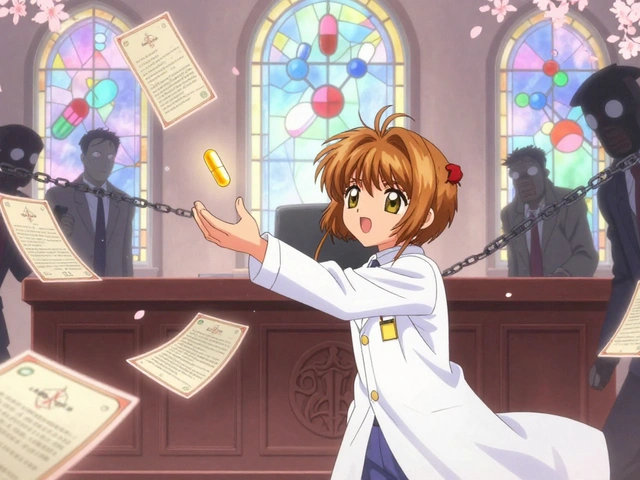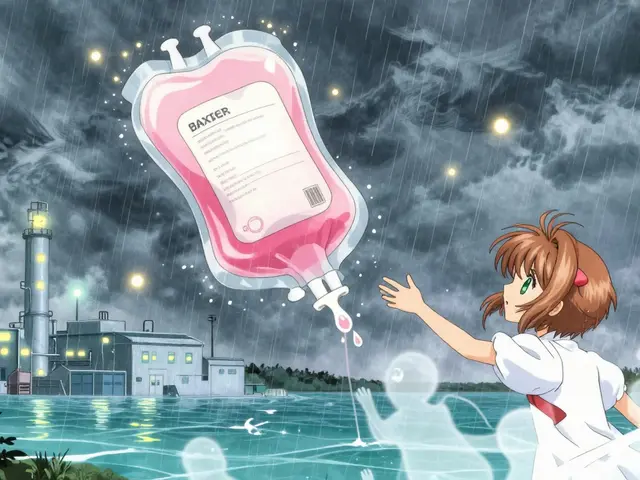Breathing: What Causes Shortness of Breath and What You Can Do
Shortness of breath can feel scary. Sometimes it's a sign of something serious, other times it's a fixable habit or a side effect of medication. This page gathers clear, practical advice so you can spot red flags, try simple fixes at home, and know when to see a doctor.
Common causes are easy to miss: asthma and allergies, anxiety or panic attacks, acid reflux that irritates your throat, heart problems, lung infections, or side effects from drugs. For example, some blood pressure medicines and muscle relaxants may cause tiredness or breathing changes — if your breath feels different after a new drug, that’s worth checking.
Signs you should seek urgent care
If you suddenly can’t breathe, have chest pain, faint, cough up blood, or develop blue lips or face, get emergency help now. If breathlessness comes on quickly with fever or a bad cough, see a doctor the same day. For slow, worsening shortness of breath that limits activity, book a medical check-up within a few days.
Keep a short log: when it started, what you were doing, how long it lasts, and any meds you take. That simple record helps clinicians narrow down causes faster.
Practical tips you can try today
Here are small changes that often help right away:
- Practice pursed-lip breathing: breathe in through your nose for two counts, then breathe out slowly through pursed lips for four counts. It calms the chest and reduces breathlessness.
- Use diaphragmatic breathing: lie on your back with one hand on your belly. Breathe so the hand rises with your belly, not your chest. Ten minutes a day builds better breathing patterns.
- Posture matters. Sit or stand tall with shoulders back. Slouching compresses lungs and makes breathing harder.
- Cut triggers: stop smoking, avoid smoke-filled rooms, and limit strong odors or fumes. A small humidifier can ease dry air irritation for some people.
- Check your meds. If breath issues started after a new prescription or dose change, talk with your provider. We cover safety tips for buying and using meds online in guides like "Buy Zanaflex Online" and "Where and How to Buy Tranylcypromine Online."
Some articles on this site relate to breathing and medication effects. Read "Toprol: Uses, Side Effects, Dosage, and Patient Guide" if you take beta-blockers and notice breath changes. "Nifedipine and Fatigue" explains tiredness that can make breathing feel harder. If reflux wakes you at night and makes breathing feel tight, our "Prevacid" guide explains how acid reflux can affect the throat and breathing.
If breathing trouble links to chronic disease (asthma, COPD, heart failure, autoimmune lung problems), treatment often needs medication review and a tailored plan. Our "Biologics vs Steroids" article lays out options for serious inflammatory conditions.
If you’re unsure where to start, begin with the breathing exercises above, check for new medications, and get urgent care for severe signs. When you visit a clinician, bring your symptom log and a list of medicines — that makes diagnosis quicker and safer.
Want more specific help? Browse our related posts or contact us through the site for guidance on articles and resources that match your situation.
Emphysema's Impact on Heart and Circulatory Health
Understanding how emphysema affects your heart and circulatory system is crucial for managing health. This long-read uncoversthe link between damaged lungs and their broader implications on your cardiovascular system. Discover why breathing becomes challenging and learn about helpful strategies to ease the burden on your heart. Packed with practical tips, this guide aims to enhance awareness and offer steps to improve quality of life for those affected.






